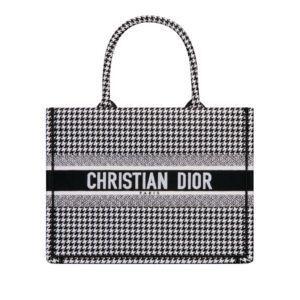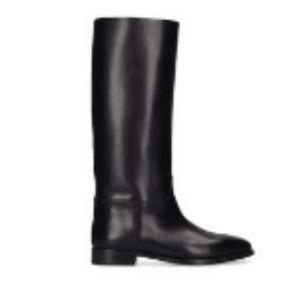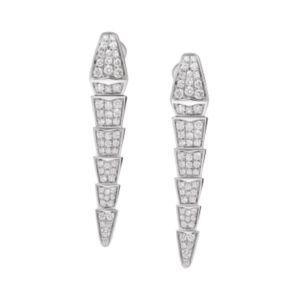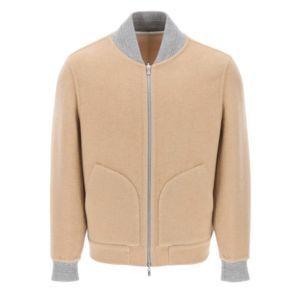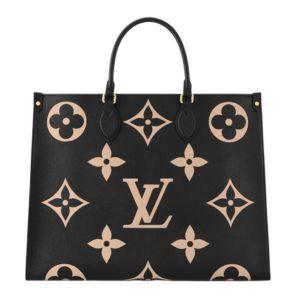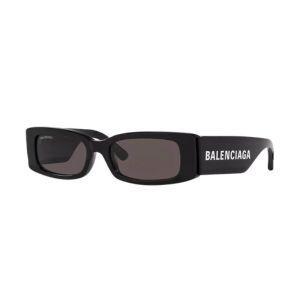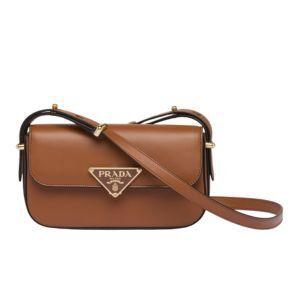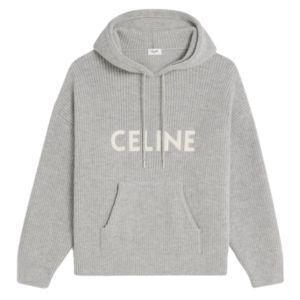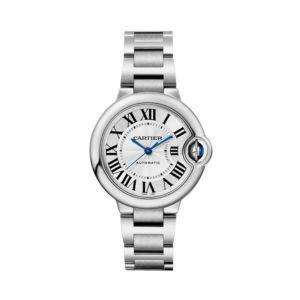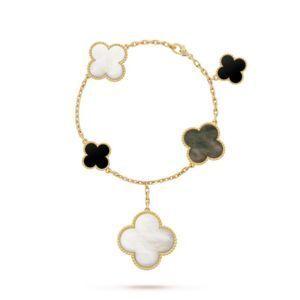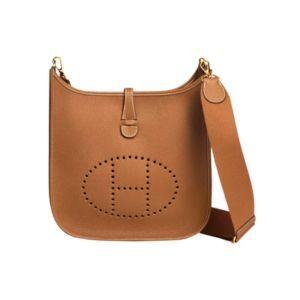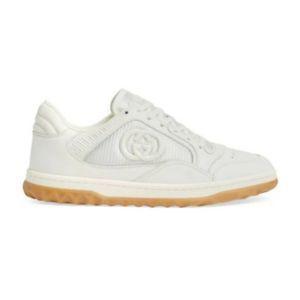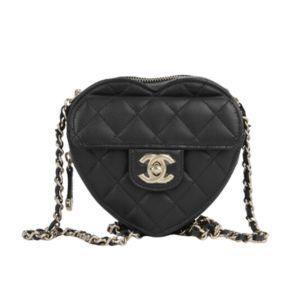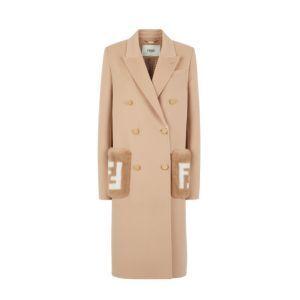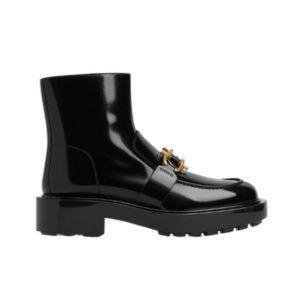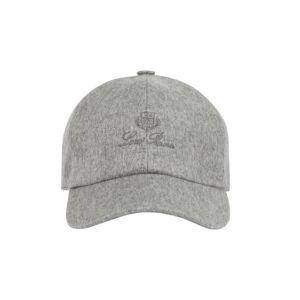
From statement making pieces to future heirlooms crafted from the finest materials, both fine and fashion jewellery have their place in any collection. But what exactly is the difference between them?
The Hewi Guide To Fine Jewellery Vs Fashion Jewellery
‘Fine jewellery’ refers to any jewellery made from the highest quality metals such as gold, silver, or platinum, in the highest carat values. It is generally hand-made rather than mass produced.
Fine jewellery often features rare and valuable gemstones including diamonds, sapphires, rubies, or emeralds, among other precious and semi-precious stones with flawless or striking colour, cut and clarity. As a result of the materials and craftsmanship used to create it, fine jewellery is as durable as it is beautiful, meaning it can be worn every day, year after year, and passed down to future generations.
Fine jewellery will also carry hallmarks, which indicate the characteristics of the metals used and denote their authenticity. Hallmarks are as follows:
# Gold – a rectangle with cut off corners
# Silver – an oval
# Platinum – a house shape
There should also be a number within the hallmark which indicates its purity. For instance, real gold may be stamped with 14k, 18k or a three-digit number indicating the percentage of real gold it contains – ‘750’ to indicate 75% gold, the hallmark of 18k gold, for example, or 583 for 58.3% gold, the hallmark of 14k gold. Platinum may have a stamp of “PLAT,” “PLATINUM” or even “950.” Sterling silver has many hallmarks, including 925 (the most standard hallmark), SILVER, SS or STERLING.
Popularised by Coco Chanel in the 1920’s, ‘fashion jewellery’ or ‘costume jewellery’ as it is sometimes known, tends to be crafted from base metals, such as brass, copper, or zinc, and can also be made from textiles, leather and base metals plated with precious metals. Gemstones are often synthetic, crafted from other materials such as plastic, glass or crystal.
While fashion jewellery is often trend-led (its very concept derives from the idea of wearing different pieces to go with different outfits), it can also be timeless; take Chanel’s signature costume jewels or Hermès’ inimitable enamel and leather bracelets, undisputedly luxurious despite not falling into the ‘fine jewellery’ category.
With increasing awareness of sustainability and ethical factors, more and more jewellery designers are experimenting with alternative materials, for instance gemstones set in resin or acrylic. As a result, the lines between fine and fashion jewellery are now less clear-cut, with certain styles, designs and pieces difficult to place into set categories, or described as ‘demi-fine’ or ‘semi-fine’ by some jewellery brands.
Often seen as an ideal choice for travel and holidays, demi / semi-fine jewellery features precious metals or genuine gemstones, but combined with more affordable materials rather than used together.
Both fine jewellery and fashion jewellery have their place in any collection, while serving very different purposes.
Fine jewellery, often purchased in honour of special occasions, is generally much more expensive than fashion jewellery as a result of the value and rarity of the materials used to create it (although factors such as designer and craftsmanship mean there are exceptions to this rule). Generally speaking however, fine jewellery has been created to stand the test of time, while fashion jewellery is more fun and interchangeable, and this is reflected in the different price points.
Fashion jewellery is less durable than fine jewellery, and often can’t be repaired or resized, as pieces made of gold, platinum and silver can. As with fine art, fine jewellery can appreciate in value over time, particularly pieces associated with renowned designers, certain time periods, or increasingly expensive materials. While fashion jewellery is more accessible and generally will not increase in value, certain pieces and brands are sought after by collectors, for example, vintage costume jewels from the 1920s and 1930s.
So which to choose? The answer, as always, is in the details. From materials to finish, price point to practicality, history to brand name and reputation – these are all factors that require careful consideration when making your purchase. All that aside however, what really matters is that you truly adore the piece itself, because whether it is worn for a season or a lifetime, the real purpose of jewellery is to be loved by its wearer.




